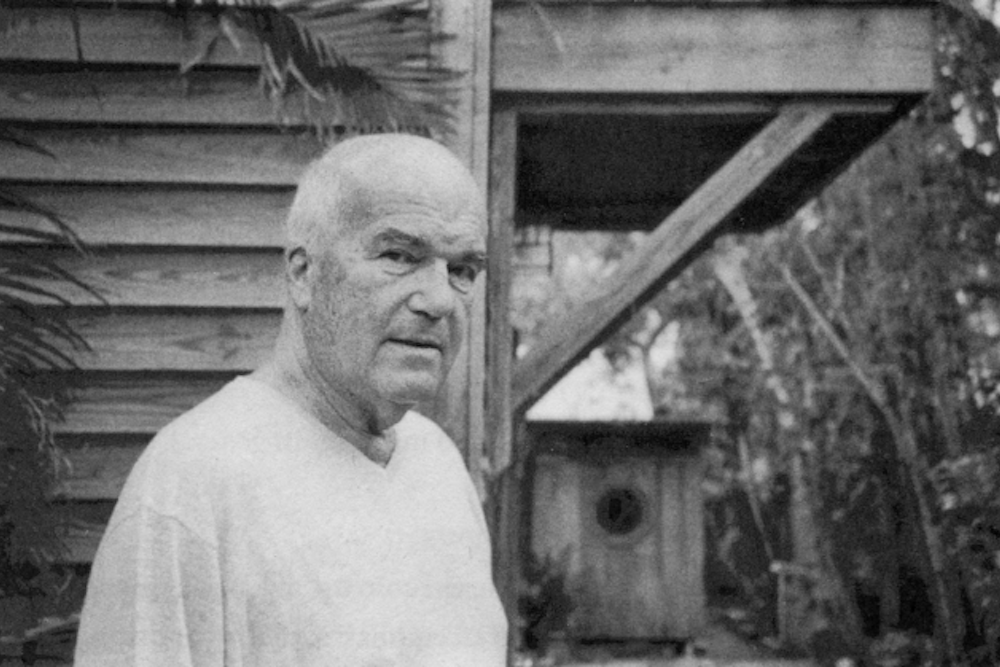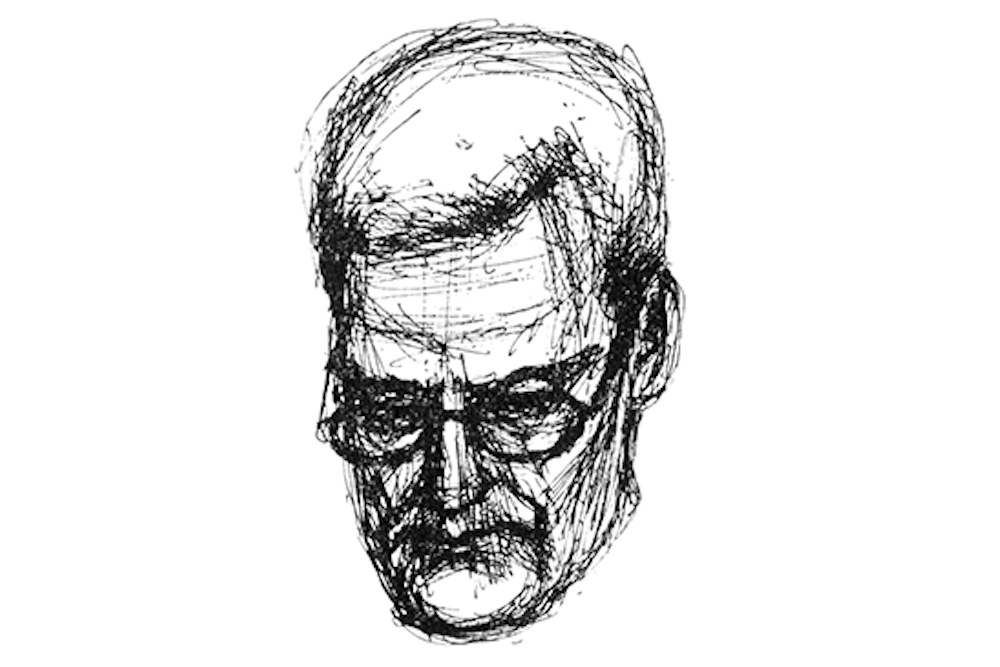The Adultery Alumni Association (2018)discovery itself was amazing.
A dinosaur was found in Canada around 110 million years after it died. National Geographic covered the accidental discovery in its June issue and created a 3-D rendering to show how well-preserved the dinosaur fossils were in an ancient river bank.
SEE ALSO: A terrifying crocodile relative, with teeth like a T. rex, may have taken on dinosaursThe discovery was back in 2011. Since then, researchers have determined the armored beast that weighed almost 3,000 pounds is a new species of nodosaur.
It's called Borealopelta markmitchelli, according to a study released Thursday in the journal Current Biology.
The new species, which once roamed what is now Alberta, Canada, is from the Early Cretaceous period. Only the front half of the dinosaur was found intact -- but it's still impressive to see the nodosaur from its face to its hip.
 Original image has been replaced. Credit: Mashable
Original image has been replaced. Credit: Mashable The researchers gave it its name for the word "borealis" (Latin for "northern," because, well, Canada) and "pelta" (Greek for "shield," because of its shield-like armor). Markmitchellicomes from Royal Tyrrell Museum technician Mark Mitchell who spent thousands of hours working on the fossils and preparing them to preserve key features.
Mitchell told NatGeothat he put his "hands up in the air and cheered" when he heard what the new species was named.
(Editor: {typename type="name"/})
 Staff Picks: Comics, Keys, and Chaos by The Paris Review
Staff Picks: Comics, Keys, and Chaos by The Paris Review
 Staff Picks: Traps, Tall Tales, and Table Saws by The Paris Review
Staff Picks: Traps, Tall Tales, and Table Saws by The Paris Review
 Redux: Fireworks Out of Nowhere by The Paris Review
Redux: Fireworks Out of Nowhere by The Paris Review
 Even Trump's Earth Day message was anti
Even Trump's Earth Day message was anti
Dallas Mavericks vs. Boston Celtics 2025 livestream: Watch NBA online
 TL;DR:Live stream Dallas Mavericks vs. Boston Celtics in the NBA with FuboTV, Sling TV, or YouTube T
...[Details]
TL;DR:Live stream Dallas Mavericks vs. Boston Celtics in the NBA with FuboTV, Sling TV, or YouTube T
...[Details]
In the Gaps: An Interview with Keith Ridgway by Christopher Notarnicola
 In the Gaps: An Interview with Keith RidgwayBy Christopher NotarnicolaJuly 8, 2021At WorkKeith Ridgw
...[Details]
In the Gaps: An Interview with Keith RidgwayBy Christopher NotarnicolaJuly 8, 2021At WorkKeith Ridgw
...[Details]
Redux: Merely a Mask by The Paris Review
 Redux: Merely a MaskBy The Paris ReviewAugust 24, 2021ReduxEvery week, the editors of The Paris Revi
...[Details]
Redux: Merely a MaskBy The Paris ReviewAugust 24, 2021ReduxEvery week, the editors of The Paris Revi
...[Details]
Redux: It’s All a Question of Language by The Paris Review
 Redux: It’s All a Question of LanguageBy The Paris ReviewAugust 10, 2021ReduxEvery week, the editors
...[Details]
Redux: It’s All a Question of LanguageBy The Paris ReviewAugust 10, 2021ReduxEvery week, the editors
...[Details]
Great white shark leaps into tiny boat, fisherman treats it like NBD
 Welp, I'm never fishing again. Terry Selwood was hoping to catch some snapper off the coast of Evans
...[Details]
Welp, I'm never fishing again. Terry Selwood was hoping to catch some snapper off the coast of Evans
...[Details]
Here's how OpenAI plans to address election misinformation on ChatGPT and Dall
 As the 2024 presidential election approaches, OpenAI knows its tech is in the hot seat. The Washingt
...[Details]
As the 2024 presidential election approaches, OpenAI knows its tech is in the hot seat. The Washingt
...[Details]
Remember Me and You by Lizzy Stewart
 Remember Me and YouBy Lizzy StewartJuly 20, 2021ComicsLizzy Stewart’s debut graphic novel, It’s Not
...[Details]
Remember Me and YouBy Lizzy StewartJuly 20, 2021ComicsLizzy Stewart’s debut graphic novel, It’s Not
...[Details]
Remember Me and You by Lizzy Stewart
 Remember Me and YouBy Lizzy StewartJuly 20, 2021ComicsLizzy Stewart’s debut graphic novel, It’s Not
...[Details]
Remember Me and YouBy Lizzy StewartJuly 20, 2021ComicsLizzy Stewart’s debut graphic novel, It’s Not
...[Details]
AC Milan vs. Feyenoord 2025 livestream: Watch Champions League for free
 TL;DR:Live stream AC Milan vs. Feyenoord in the Champions League for free on Virgin Media Player. Ac
...[Details]
TL;DR:Live stream AC Milan vs. Feyenoord in the Champions League for free on Virgin Media Player. Ac
...[Details]
Staff Picks: Traps, Tall Tales, and Table Saws by The Paris Review
 Staff Picks: Traps, Tall Tales, and Table SawsBy The Paris ReviewJuly 9, 2021This Week’s ReadingCésa
...[Details]
Staff Picks: Traps, Tall Tales, and Table SawsBy The Paris ReviewJuly 9, 2021This Week’s ReadingCésa
...[Details]
接受PR>=1、BR>=1,流量相当,内容相关类链接。